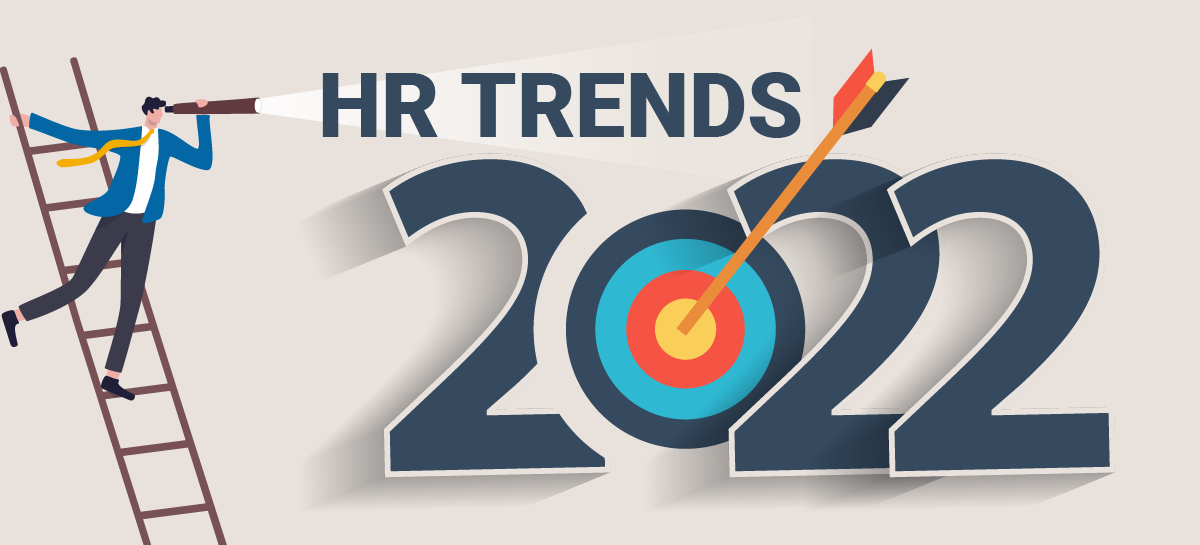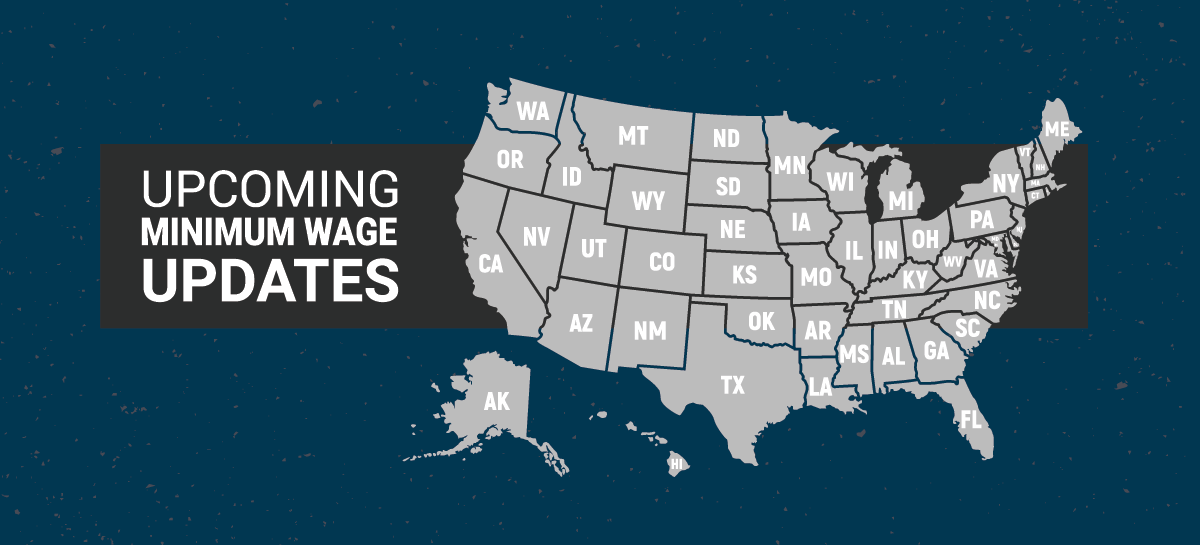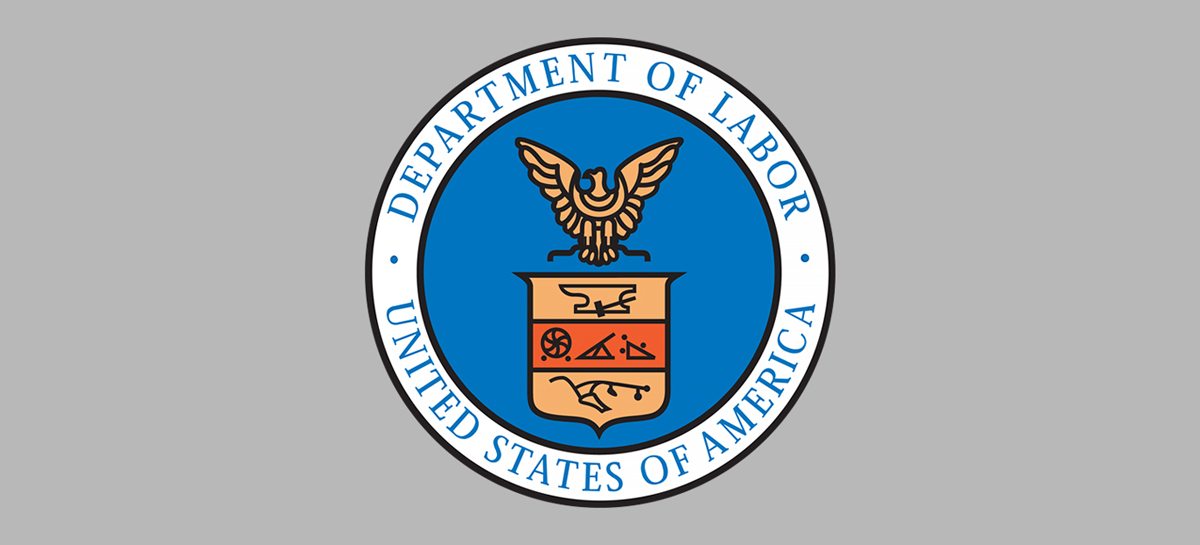
Employers across the country are facing an unmistakable issue right now: too many open positions and not enough workers. On its face, it might seem like there are not enough workers available for jobs—hence all the openings. But, confoundingly, that’s not the case.
The unemployment rate is still hovering just below 5%, translating to around 7.5 million unemployed Americans, according to the Bureau of Labor Statistics. Additionally, several key COVID-19 initiatives ended at the end of summer—expanded unemployment benefits ceased, and children returned to in-person classes. As such, many economists expected workers to be spurred back into the workforce this fall. That’s decidedly not been the case; while some individuals are returning to work, others are quitting in record numbers.
Continue reading →









